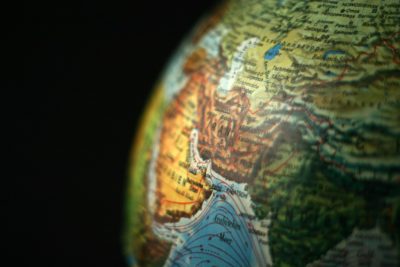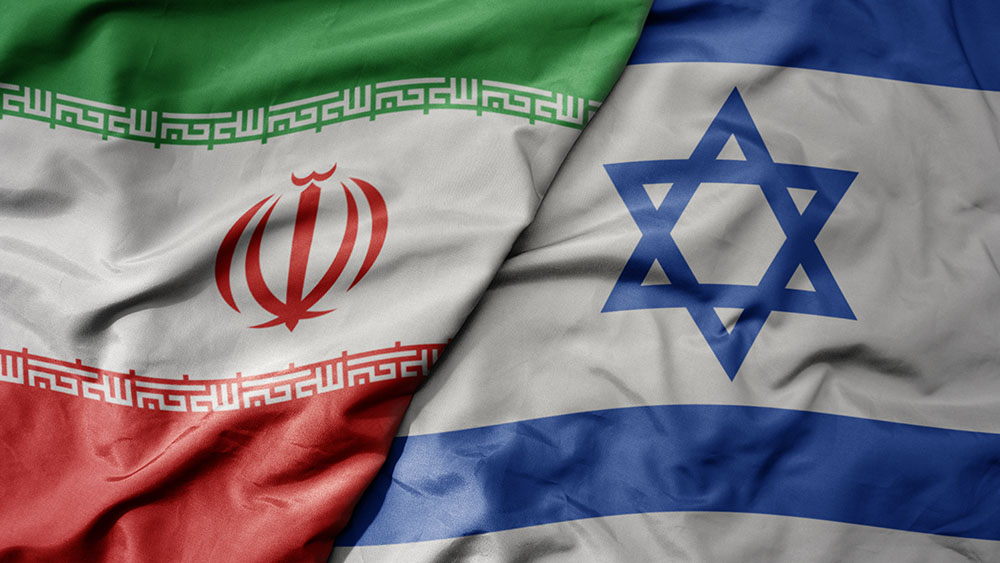Uh-Oh: A Reuters Report on Iran That Fueled US Diatribes
by Ivan Kesic, Consortium News:

When U.S. Secretary of State Mike Pompeo gave speeches about mega corruption in Iran this year, he did not cite a Reuters’ 2013 article or give credit to its three reporters; Steve Stecklow, Babak Dehghanpisheh and Yeganeh Torbati.
Instead he presented it as the kind of specialized knowledge that only a high-ranking official such as himself might be in a position to reveal. “Not many people know this,” Pompeo told an audience gathered last July at the Ronald Reagan Presidential Foundation and Library in Simi Valley, California, “but the Ayatollah Khamenei has his own personal, off-the-books hedge fund called the Setad, worth $95 billion, with a B.” Pompeo went on to tell his audience that Khamenei’s wealth via Setad was untaxed, ill-gotten, and used as a “slush fund” for the Islamic Revolutionary Guard Corps.
But a comparison between the 5-year-old Reuters article and Pompeo’s speech, which was lauded by The Wall Street Journal’s editorial board as “truth telling,” shows a type of symbiosis that could only help cast a backward glow over President Donald Trump’s move, last summer, to reimpose all sanctions lifted by the Obama’s administration’s historic nuclear deal with Iran.
The imprint of the Reuters article on Pompeo’s speech was obvious in an anecdote about the travails of an elderly woman living in Europe. “The ayatollah fills his coffers by devouring whatever he wants,” Pompeo said. “In 2013 the Setad’s agents banished an 82-year-old Baha’i woman from her apartment and confiscated the property after a long campaign of harassment. Seizing land from religious minorities and political rivals is just another day at the office for this juggernaut that has interests in everything from real estate to telecoms to ostrich farming.”
The 82-year-old Baha’i woman living in Europe clearly matches Pari Vahdat-e-Hagh, a woman the Reuters team put at the very start of their extensive, three-part investigation. Here’s how the Reuters article begins: “The 82-year-old Iranian woman keeps the documents that upended her life in an old suitcase near her bed. She removes them carefully and peers at the tiny Persian script.”
While tapping the human-interest aspects of the story, Pompeo’s speech steered clear of some of the qualifications that the Reuters reporters and editors injected into their general profile of corruption. Pompeo referred to Khamenei using Setad as a “personal hedge fund,” for instance, suggesting personal decadence on the part of the Iranian leader. But the Reuters team was careful to note that it had found no evidence of Khamenei putting the assets to personal use. “Instead, Setad’s holdings underpin his power over Iran.”
While stipulating that Khamenei’s greed was not for money but for power, the Reuters team neglected something of timely and possibly greater relevance. Earlier that same year the U.S. admitted its own longstanding greed for power over this foreign country.
Final CIA Admission
In August 2013—three months before the Reuter’s article was published—theCIA finally admitted its role in the 1953 Iranian coup. “Marking the sixtieth anniversary of the overthrow of Iranian Prime Minister Mohammad Mosaddeq, the National Security Archive is today posting recently declassified CIA documents on the United States’ role in the controversial operation. American and British involvement in Mosaddeq’s ouster has long been public knowledge, but today’s posting includes what is believed to be the CIA’s first formal acknowledgement that the agency helped to plan and execute the coup,” the archive said.
This U.S. aggression led directly to two phases of property confiscation in Iran: first under the Shah and then under the religious fundamentalists who overthrew him. Unaccountably, however, the Reuters team ignored the CIA admission so relevant to their story.
To its credit, the Reuters article does allude, early on, to the two inter-related periods of property confiscation in Iran. “How Setad came into those assets also mirrors how the deposed monarchy obtained much of its fortune – by confiscating real estate,” the article says. But that sentence only functions as a muffled disclaimer since the team makes no effort to integrate that history into the laments of people such as Pari Vahdat-e-Hagh, who emotionally drives the story.
Dubious Figure
For anyone familiar with the history of property confiscations in Iran, this ex-pat widow is a dubious figure. In the article, she claims that she lost three apartments in a multi-story building in Tehran, “built with the blood of herself and her husband.” She also says her late husband Hussein was imprisoned in 1981 because he began working for a gas company that had been set up to assist unemployed members of the Baha’i faith, and finally executed a year later.
The suggestion is that he was killed as part of a widespread persecution of Bahai’i followers.
What the Reuters reporters and editors omitted to mention, however, is that Hussein had been a lieutenant in the military regime of Mohammad Reza Shah Pahlavi; the last shah of Iran who was overthrown by the uprising of 1979.
The Shah’s name has become so intertwined with UK and U.S. meddling in Iran that his role in setting a pro-western foreign policy is mentioned in the opening sentence of the Encyclopedia Brittanica entry on him. But the Reuters article places this mention at the end of the story, as deep background. By the time the team discloses the Shah’s penchant for confiscating property and flagrant corruption, the reader is in the third section of a three-part article. By that time, the elderly Vahdat-e-Hagh has come and gone. By then, she has cemented herself in the reader’s imagination as an unequivocal victim, even though some obvious questions about her should occur to anyone familiar with the country’s history.
How, for instance, did she and her husband come to own such significant property at the center of Iran’s capital city? Under the Pahlavi regime, most military personnel were provided with one apartment, not three. In the article, Vahdat-e-Hagh says that she and her husband obtained the property themselves, so presumably they did not inherit it. Could her late husband, Hussein, have been of high importance to the Shah’s U.S.-backed regime, which was famous for its lavish handouts to special loyalists?
Read More @ ConsortiumNews.com
Loading...





